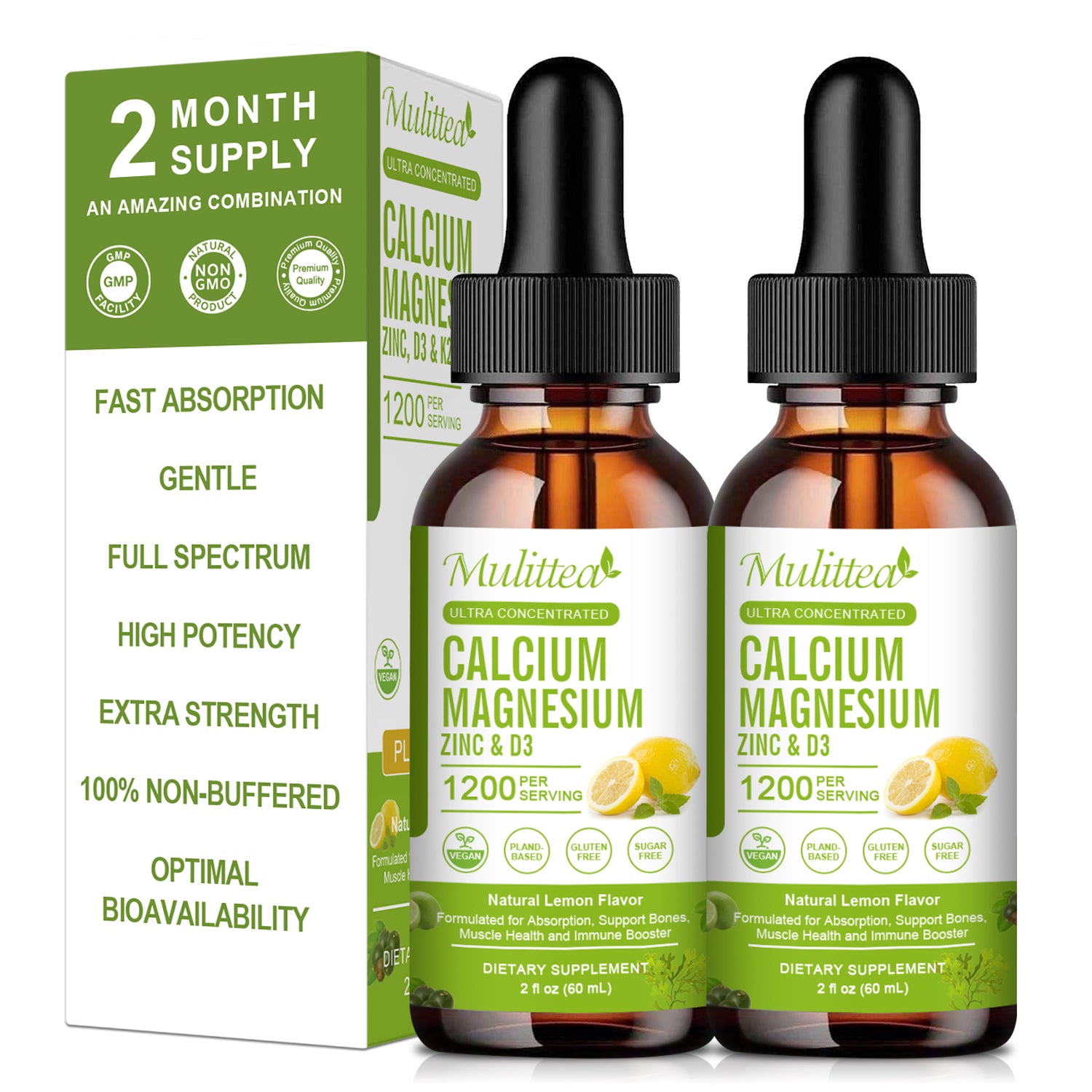
The Science of an Aging Musculoskeletal System: Decoding Changes in Muscle, Bone, and Joints
Share
As we age, our musculoskeletal system—encompassing muscles, bones, joints, and connective tissues—undergoes a series of structural and functional changes. These include a decline in bone density (osteoporosis), increased joint stiffness, and the loss of muscle mass (sarcopenia). These transformations not only impact our strength, flexibility, and daily function but are also closely linked to the risk of falls, chronic pain, and overall quality of life. By understanding the science behind these changes, we can adopt targeted strategies in exercise, nutrition, and lifestyle to proactively slow down the effects of aging on our movement system.
Sarcopenia Prevention: Understanding Muscle Loss in Aging
Muscles are the core powerhouses of our movement system. Research indicates that, on average, the body loses approximately 3–8% of muscle mass per decade starting around age 30, with the rate accelerating significantly after age 60 (Peterson et al., 2012). This progressive loss of muscle tissue is clinically known as sarcopenia.
Key characteristics of aging muscles include:
- Changes in Muscle Fiber Type: Fast-twitch muscle fibers (Type II), responsible for explosive power and instantaneous strength, tend to atrophy more easily. Slow-twitch fibers (Type I) are less affected.
- Reduced Protein Synthesis Efficiency: The muscle’s responsiveness to protein intake and exercise stimulation decreases, leading to a slower rate of muscle repair and synthesis.
- Impaired Functional Capacity: The decline in muscle strength often exceeds the mere reduction in muscle volume, directly limiting the ability to perform daily activities.
Crucially, these changes are not irreversible. Evidence-based studies consistently show that resistance training combined with adequate, high-quality protein intake can effectively slow muscle loss and significantly improve strength and functional capacity (Cruz-Jentoft et al., 2019).
Bone Density and Structural Integrity: What Changes Over Time
Bones provide the essential framework for support and weight-bearing. With advancing age, their density and structural integrity change noticeably:
- Decreased Bone Mineral Density (BMD): This decline is most pronounced in women after menopause and gradually accelerates in men, typically after age 60. According to the National Osteoporosis Foundation (NOF), approximately 50% of women and 20% of men aged 50 and over will experience an osteoporosis-related fracture.
- Altered Bone Structure: The activity of bone-forming cells (osteoblasts) decreases, while the relative activity of bone-resorbing cells (osteoclasts) increases. This imbalance leads to thinning of the bony framework (trabeculae) and reduced structural integrity.
- Functional Impact: Osteoporosis not only increases fracture risk but also affects postural stability and overall movement competence.
Clinical evidence highlights that sufficient intake of Calcium, Magnesium, and Vitamin D, along with weight-bearing and resistance exercises, are vital for helping to slow the rate of BMD decline (NIH Osteoporosis and Related Bone Diseases National Resource Center, 2023).

What Helps With Joint Pain: Managing Stiffness and Restoring Flexibility
Joints and connective tissues are fundamental to lubrication, stability, and smooth motion. Their structure and function also evolve with age:
- Cartilage Degeneration: Articular cartilage gradually thins, losing its lubricating properties and increasing friction within the joint.
- Reduced Ligament and Tendon Elasticity: Increased cross-linking of collagen in connective tissues decreases flexibility, often limiting the range of motion and joint stability.
- Elevated Inflammation: Chronic, low-grade inflammation (often termed inflammaging) can accelerate joint degeneration and contribute to persistent pain.
While these changes commonly manifest as joint stiffness, limited mobility, or mild discomfort, studies affirm that systematic stretching, low-impact exercise, and appropriate load training remain effective strategies for maintaining joint flexibility and health (Loeser, 2010).
Functional Consequences: How Aging Impacts Daily Life
The aging of the musculoskeletal system is not just a physiological process; it directly affects our daily life and independence:
- Increased Fall Risk: Declining muscle strength and joint stiffness are primary risk factors. The Centers for Disease Control and Prevention (CDC) reports that about one in three adults aged 65 and older falls each year.
- Reduced Exercise Capacity: Everyday activities such as climbing stairs, carrying groceries, or walking long distances may become challenging.
- Extended Recovery Time: The time required to recover from muscle fatigue or minor injuries significantly increases.
Scientific research consistently points out that the early identification of these aging characteristics, combined with proactive intervention through exercise, nutrition, and lifestyle adjustments, can significantly preserve functional independence and vitality (Peterson et al., 2012).
Key Takeaways
- Muscle, bone, joints, and connective tissues naturally decline with age, but the rate and severity of decline are highly individualized.
- Sarcopenia, osteoporosis, and joint stiffness are common in older adults but can be mitigated through targeted interventions: resistance training, weight-bearing exercise, and strategic supplementation with protein and key minerals.
- Understanding the science of musculoskeletal aging is the first step toward planning a rational strategy of exercise, nutrition, and lifestyle choices to maintain independence and enhance your quality of life.
References
- Peterson, M. D., et al. (2012). Resistance exercise for muscular strength in older adults: A meta-analysis. Ageing Research Reviews, 11(3), 354–368. https://pubmed.ncbi.nlm.nih.gov/20385254/
- Cruz-Jentoft, A. J., et al. (2019). Sarcopenia: Revised European consensus on definition and diagnosis. Age and Ageing, 48(1), 16–31. https://pubmed.ncbi.nlm.nih.gov/30312372/
- Loeser, R. F. (2010). Aging and osteoarthritis: The role of chondrocyte senescence and aging changes in the cartilage matrix. Osteoarthritis and Cartilage, 18(8), 101–106. https://pmc.ncbi.nlm.nih.gov/articles/PMC2713363/
- NIH Osteoporosis and Related Bone Diseases National Resource Center. (2023).

